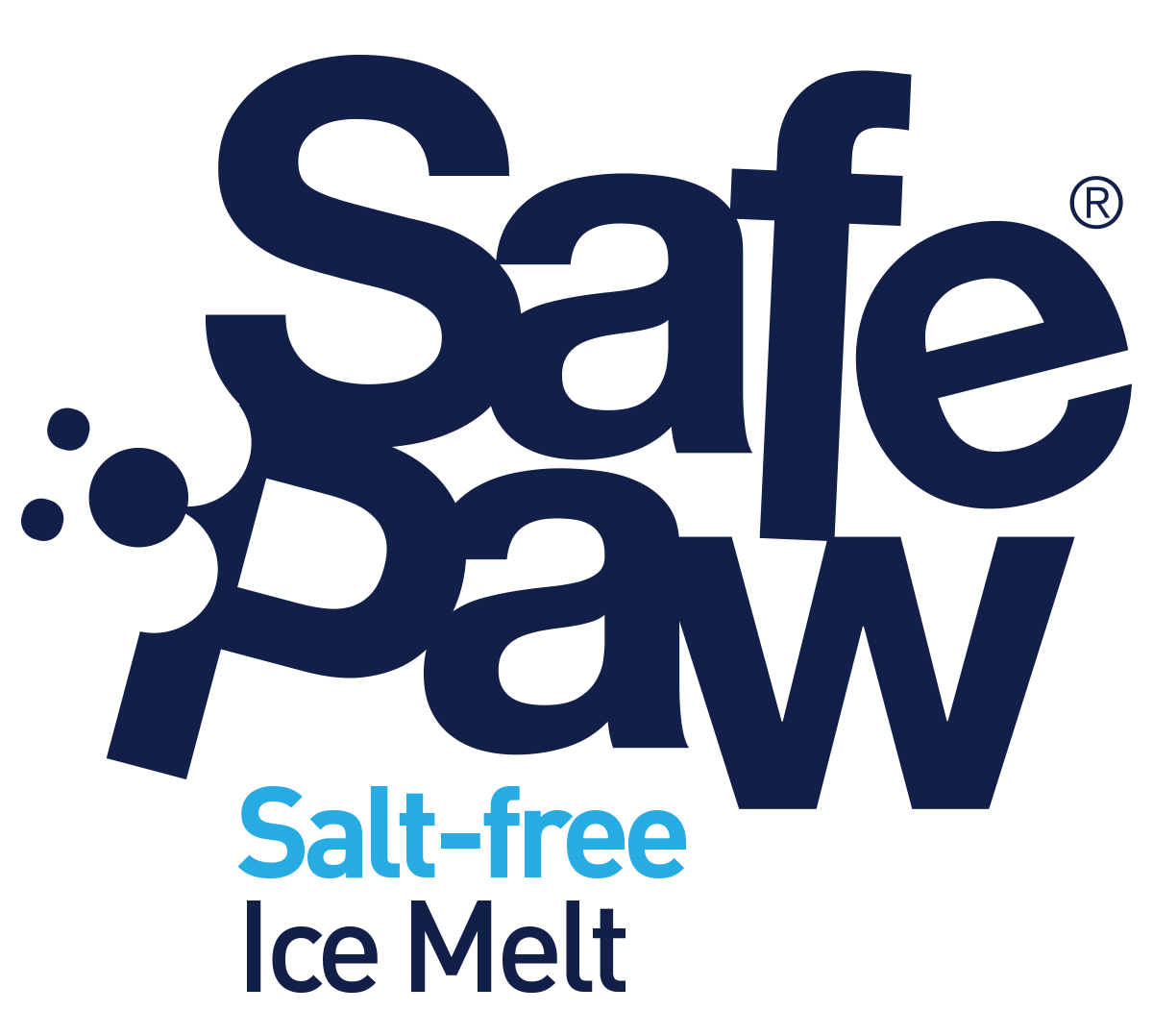Ice Melt Magnesium Chloride: Effective but at What Cost?
Discover the pros and cons of ice melt magnesium chloride and traditional ice melter salt. Learn why Safe Paw, a salt-free and eco-friendly ice melt, is a smarter choice for winter safety.
Ice Melt Magnesium Chloride: Effective but at What Cost? Read More »




